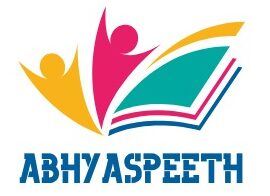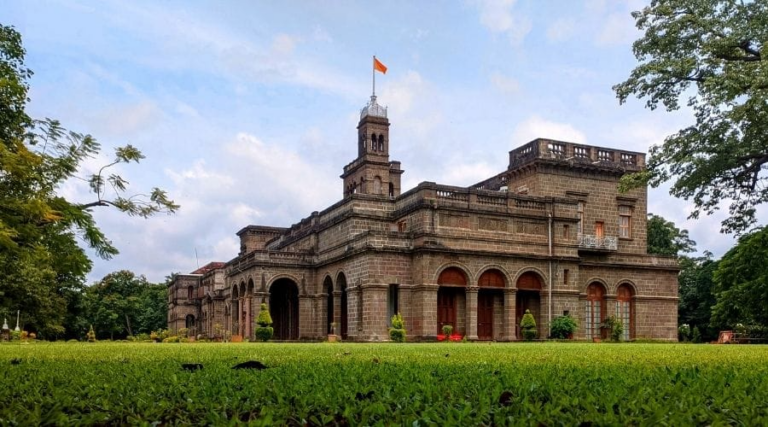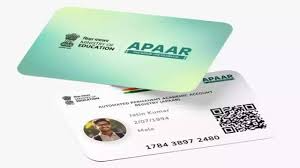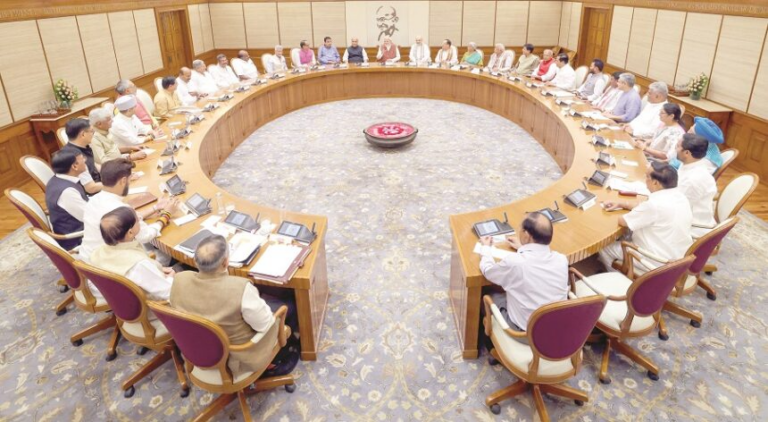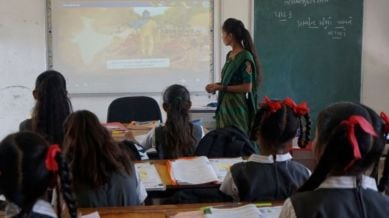
Special Correspondent
New Delhi: Maharashtra has registered a strong performance in the PARAKH National Achievement Survey 2024, conducted by the National Council of Educational Research and Training (NCERT) under the Union Ministry of Education. The survey, which evaluated learning levels of students in Classes 3, 6, and 9 across India, revealed that Maharashtra ranks 8th nationally, with students showing better competency in language subjects compared to others like mathematics and science.
The nationwide assessment, held on December 4, 2024, focused on five key subjects—language, mathematics, environmental studies, science, and social science. Over 1.23 lakh students from 4,314 schools across Maharashtra participated in the exercise, supported by nearly 14,000 teachers. This wide participation gave a clear picture of the state’s strengths and areas that require focused improvement.
The most encouraging outcome for Maharashtra was its performance in language skills, particularly in Class 3, where the state recorded an average score of 69%, a full 5% higher than the national average of 64%. In mathematics too, students in Maharashtra scored above the national average, with a state average of 64% compared to the national average of 60%. These figures highlight the success of early literacy and numeracy programs implemented across the state in recent years.
Among all districts in Maharashtra, Kolhapur emerged as the top performer, displaying exceptional outcomes in all three classes. It ranked 26th nationally for Class 3, 10th for Class 6, and 14th for Class 9. This consistency shows the effectiveness of local teaching strategies and a strong academic culture within the district. Alongside Kolhapur, districts like Sindhudurg, Satara, Solapur, and Jalgaon also made a mark, especially in language learning at the foundational level.
At the national level, Punjab led the performance charts for Class 3, but Maharashtra maintained a commendable 6th position. In Class 6, Maharashtra stood 7th, and in Class 9, it was ranked 10th, indicating fairly consistent performance across grade levels.
The PARAKH survey, which stands for Performance Assessment, Review, and Analysis of Knowledge for Holistic Development, is a key initiative under the National Education Policy 2020. It aims to move away from rote learning and emphasize competency-based education. The results of this survey are intended not just to assess students, but also to inform policy decisions, improve teaching practices, and guide curriculum development at both state and district levels.
In response to the survey results, officials from SCERT Maharashtra (State Council of Educational Research and Training) have begun an internal review of district-wise performance. According to senior education department sources, a detailed comparative analysis is underway to identify the best practices from top-performing districts like Kolhapur and Sindhudurg. These insights will be used to support underperforming regions and implement targeted interventions where needed.
Education officials also stressed the importance of timely data-driven action. “The goal is not just to celebrate high scores but to understand what contributes to them. We’re looking at teaching methods, teacher training, classroom resources, and student engagement models used in these high-performing districts,” a senior SCERT official shared.
The state’s above-average performance in language subjects indicates that initiatives such as mother-tongue instruction in early grades, improved reading programs, and the use of multilingual teaching resources are paying off. However, the data also points to areas that need further strengthening, particularly in science and mathematics at the middle and secondary levels.
As Maharashtra moves ahead, the education department plans to integrate these findings into its Learning Recovery Plan, update teaching resources, and ensure that teachers across all districts receive adequate training in delivering competency-based education. The PARAKH survey will now become a key tool in driving continuous academic improvement, and Maharashtra aims to further improve its ranking in the next national survey.
For students, parents, educators, and policymakers alike, these results are a reminder that consistent effort, evidence-based planning, and regional best practices can bring about meaningful change in public education. Districts like Kolhapur and Sindhudurg are proving that with the right support, rural and semi-urban schools can achieve national-level excellence
